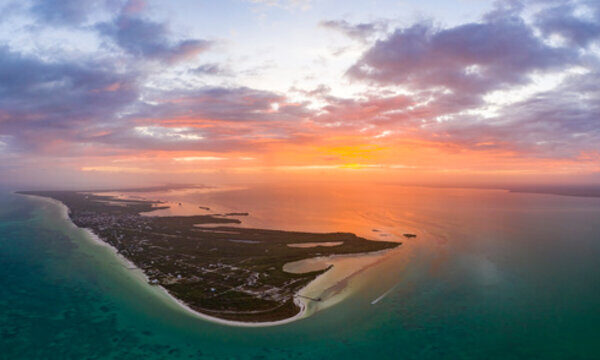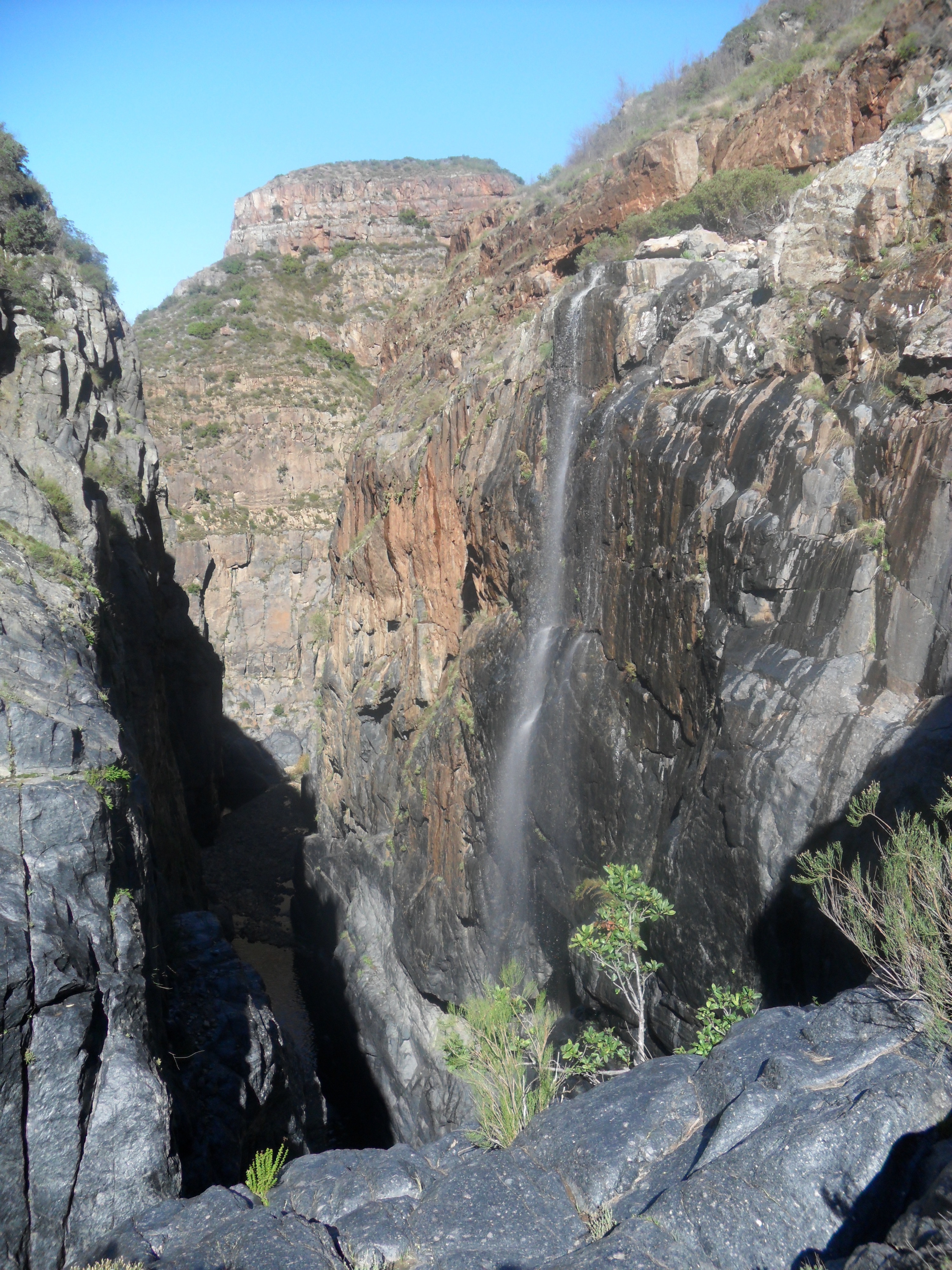Climate
Mexico’s climate showcases a remarkable spectrum of diversity, ranging from arid to tropical, with a clear distinction influenced by the Tropic of Cancer. This geographical feature effectively divides the country into distinct climatic zones, offering unique weather patterns and experiences.
Northern Regions – Arid and Temperate Zones:
The northern part of Mexico, up to Baja California, is characterized by an arid to semi-arid climate, particularly in the desert regions. Situated above the Tropic of Cancer, this area also experiences a temperate climate. Winters tend to be more relaxed compared to the southern areas.
During the winter months (December to February), temperatures can range from around 10°C to 20°C (50°F to 68°F), with cooler evenings and early mornings.
Spring (March to May) and autumn (September to November) bring milder temperatures, ranging from 15°C to 25°C (59°F to 77°F), offering comfortable conditions for outdoor activities.
Southern Regions – Tropical and Subtropical Zones:
Mexico’s tropical and subtropical zones are south of the Tropic of Cancer, characterized by consistent year-round temperatures and a more humid climate. This includes regions along the Pacific Coast and the Mayan Riviera. The distinction between seasons is less pronounced, resulting in warm to hot temperatures throughout the year.
Coastal areas in the southern regions, including Baja California Sur, like Los Cabos, enjoy balmy conditions, with temperatures ranging from 25°C to 35°C (77°F to 95°F) during the year.
The rainy season typically spans from June to October, with lush greenery and occasional heavy downpours, creating a vibrant and unique experience.
Central Regions and Plateaus:
Mexico’s central regions, including Mexico City and its surroundings, often experience a pleasant, moderate climate due to their elevation. Here, temperatures can be more temperate, with cooler nights even during warmer months.
The central plateaus enjoy comfortable weather year-round, with average temperatures ranging from 15°C to 25°C (59°F to 77°F), making it a favorable destination for those seeking a blend of cultural exploration and enjoyable climates.
Food
Mexico’s culinary scene is a fiesta of flavors, from street-side taco stands to fine dining establishments. Beyond well-known classics like Tacos and Guacamole, discover these hidden gems:
- Ceviche: Savor the vibrant blend of fresh seafood marinated in citrus juices, often accompanied by tomatoes, onions, and cilantro—a perfect coastal treat.
- Mole: Delight in the complexity of this rich sauce made from a medley of spices, chocolate, and chilies. Sample various types, such as Mole Poblano, Mole Verde, and Mole Negro.
- Tlayudas: Indulge in Oaxaca’s culinary treasure – a large, crispy tortilla topped with beans, Oaxacan cheese, and an array of toppings.
- Pozole: A hearty stew featuring hominy corn, tender meat, and spices, often served with radishes, onions, and lime.
Navigating Dietary Needs:
Mexican cuisine is accommodating to dietary preferences and restrictions. Familiarize yourself with these helpful phrases:
| Dietary Requirement | Phrase in Spanish | Pronunciation |
|---|---|---|
| Vegan | Vegano/Vegana | Veh-gah-no/Veh-gah-nah |
| Vegetarian | Vegetariano/Vegetariana | Veh-heh-tah-ree-ah-no/Veh-heh-tah-ree-ah-nah |
| Gluten-Free | Sin gluten | Seen gloom-ten |
| No Dairy | Sin lácteos | Seen lahk-tay-ohs |
| No Eggs | Sin huevos | Seen way-vohs |
| No Nuts | Sin nueces | Seen noo-eh-ses |
| No Fish Sauce | Sin salsa de pescado | Seen sahl-sah deh peh-scah-doh |
| No Meat | Sin carne | Seen kahr-neh |
| No Fish | Sin pescado | Seen peh-scah-doh |
Feel free to use this table as a reference for navigating dietary needs while exploring Mexico’s culinary delights.
Buen provecho!
Best Time to Visit
Mexico offers year-round travel opportunities, though specific regions and seasons may vary. Aim for dry, sunny months for coastal escapes and water activities like those on the Mayan Riviera. To explore eco-tourism in Chiapas and the Pacific Coast, consider the rainy season for lush landscapes and fewer crowds.
Best Time to Book Flights
Mexico’s popularity ensures year-round flight options. To secure favorable deals, start your search around six months before your intended travel. For more cost-effective fares, focus on the pre-high season months of October and November.
Money Matters
The currency used in Mexico is the Mexican Peso (MXN). Credit cards are widely accepted, but informing your bank about your travel plans is advisable. ATMs are prevalent, and currency exchange options are available in various locations.
Visas and Permits
Standard tourist visas for Mexico generally allow stays of up to 180 days. Check with your local Mexican embassy for precise details. For specific purposes like work, consult the embassy before departure.
Packing for Mexico
Mexico’s climate ranges from tropical to temperate. Pack accordingly:
Light, breathable clothing, including swimwear. Comfortable footwear for city exploration and outdoor adventures. Rain gear, especially during the rainy season. Sun protection essentials: hats, sunscreen, and sunglasses. Sufficient medications and personal items.
Mexico has something for everyone.
From the pristine beaches of its coastal regions to the lush jungles, ancient ruins, and bustling cities, Mexico offers a wide array of experiences that make it feel like a paradise for travelers.
Whether exploring the turquoise waters of the Riviera Maya, delving into the history of Mayan ruins, savoring authentic street tacos, or immersing yourself in the vibrant colors and traditions of local markets, Mexico’s charm and beauty are undeniable.


